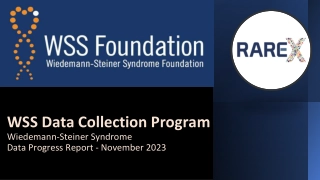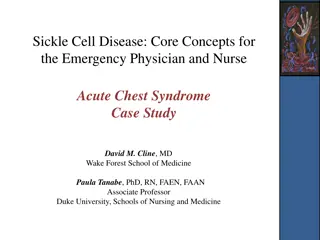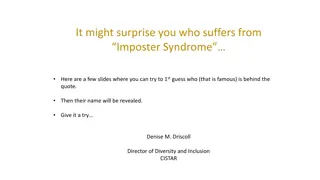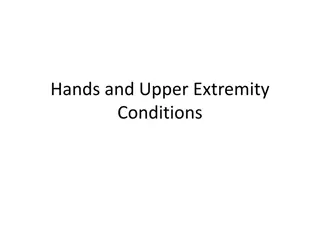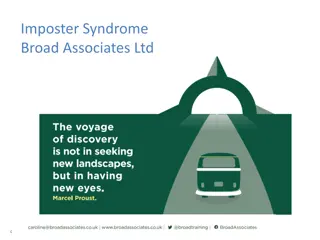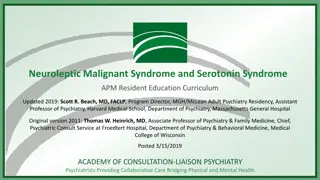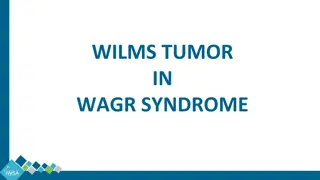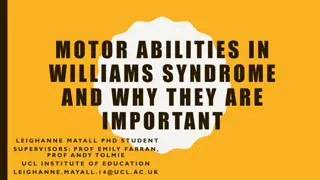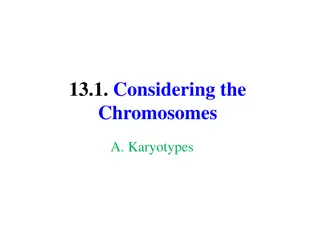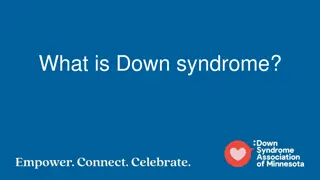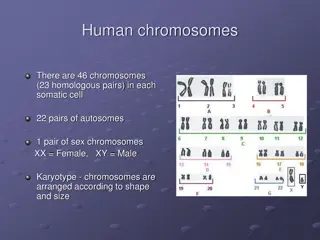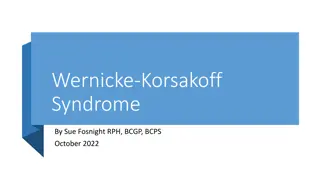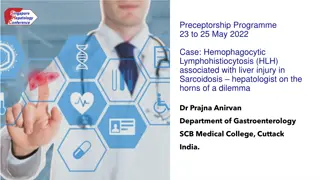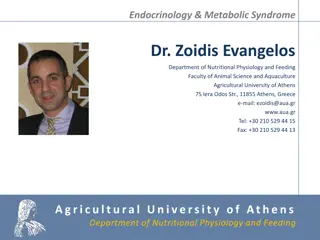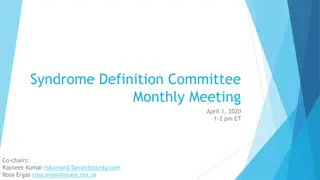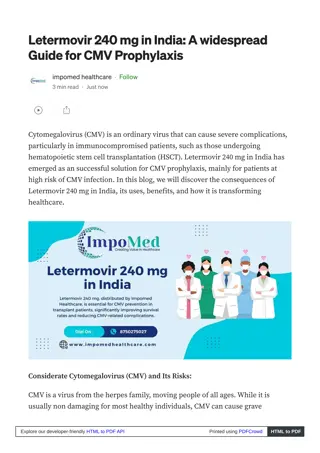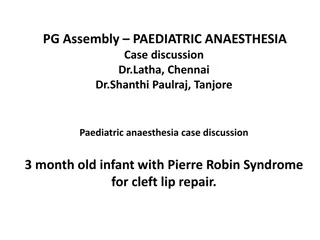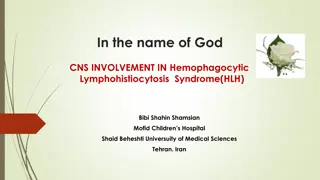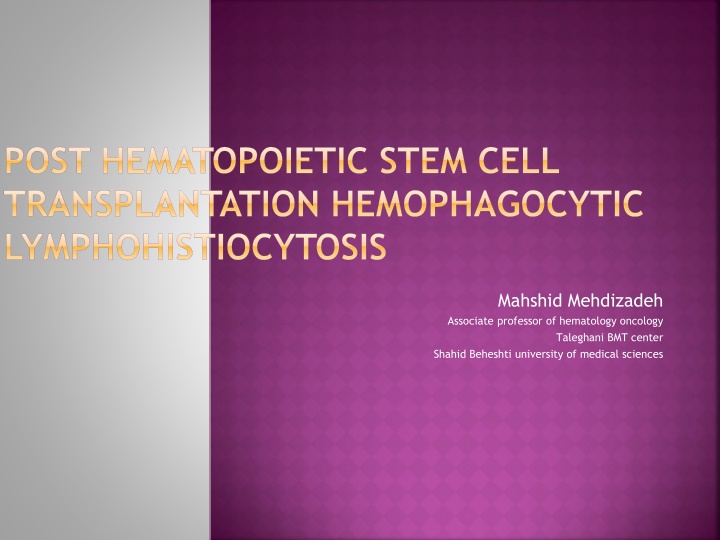
Hemophagocytic Lymphohistiocytosis in Hematopoietic Stem Cell Transplantation
Learn about a rare case of Hemophagocytic Lymphohistiocytosis in a patient undergoing hematopoietic stem cell transplantation for relapsed Hodgkin lymphoma. Understand the challenges faced during treatment, including neutropenic fever, VRE infections, and lung hemorrhage. Diagnostic guidelines for HLH are discussed, emphasizing the importance of early recognition and intervention.
Download Presentation

Please find below an Image/Link to download the presentation.
The content on the website is provided AS IS for your information and personal use only. It may not be sold, licensed, or shared on other websites without obtaining consent from the author. If you encounter any issues during the download, it is possible that the publisher has removed the file from their server.
You are allowed to download the files provided on this website for personal or commercial use, subject to the condition that they are used lawfully. All files are the property of their respective owners.
The content on the website is provided AS IS for your information and personal use only. It may not be sold, licensed, or shared on other websites without obtaining consent from the author.
E N D
Presentation Transcript
POST HEMATOPOIETIC STEM CELL TRANSPLANTATION HEMOPHAGOCYTIC LYMPHOHISTIOCYTOSIS Mahshid Mehdizadeh Associate professor of hematology oncology Taleghani BMT center Shahid Beheshti university of medical sciences
CASE : M Gh a 13 years old male patient with relapsed Hodgkine lymphoma NS. diagnosed in 2007/8 stage 2 A received ABVD x 6 first but relapsed 6 months later stage 3A confirmed with second pathology. Then received ICE x 3 referred to us in CR by CT scans and negative gallium scan he was mobilized with GCSF 10 micro/Kg x 4 days .A total of 7.4 x 10*8 CD 34 positive cells were harvested and infused after BEAM conditioning regimen
Neutropenic fever on day +8 responsive to imipenem Apnea (unknown reason) needs CPR and intubation for 24 hours then aspiration pneumonia occured Prolonged neutropenic fever Positive blood culture with VRE No response to appropriate antibiotics including linozolide and antifungals for 40 days Increase of AST & ALT about 700 mg/dl+severe pancytopenia After BAL procedure a massive lung hemorrhage occurred so receiving methyle prednisolone pulse and supportive care Positive BAL culture with VRE again. NO virus was identified preparing for second transplant but just found a cord blood
BM aspiration showed hypocellurar BM but high number of macrophages some with hemophagocytic features Ferritin was checked 12000mg/l as well as hyperlipidemia We start MP pulses and cyclospurin fever was discontinued He was engrafted on day+70 & discharged
HLH HLH is a rare syndrome of pathological immune activation characterized by sign & symptoms of extereme inflammation occurring familial or secondary fatal without treatment Often delayed diagnosis due to the rarity of HLH the complexity of manifestations complexity of diagnostic criteria
DIAGNOSTIC GUIDELINES FOR HLH 1. Molecular diagnosis consistent with HLH Or 2. Five of eight of the following criteria: 1. Fever 2. Splenomegaly 3. Cytopenias affecting 2 lineages: a. Hemoglobin 9 g/dL; b. Platelets 100 109/L; c. Neutrophils 1 109/L. 4. Hypertriglyceridemia and/or hypofibrinogenemia: a. Triglycerides 265 mg/dL; b. Fibrinogen 150 mg/dL. 5. Hemophagocytosis in bone marrow,spleen, or lymph nodes 6. Low or absent NK cell activity 7. Ferritin 500 mg/L 8. sCD25 (i.e., sIL2R) 2400 U/mL
HLH OTHER FINDINGS coagulopathy hyponatremia edema, rash hypoalbuminemia, elevated lactate dehydrogenase (LDH), C-reactive protein, and D-dimer, increased VLDL decreased HDL elevated cerebrospinal fluid protein and cells, and neurological symptoms (focal deficits, altered mental status)
Currently, there still is not a widely accepted set of criteria for diagnosing HLH in the adult population
MALIGNANCY ASSOCIATED HLH lymphomas or leukemias of the T- or Nk cell lineages anaplastic large cell lymphoma early Blineage lymphoblastic leukemia, myeloid leukemia, mediastinal germ cell tumors and other solid tumors. Usually HLH is triggered by bacterial,viral or fungal infection in the context of immune dysfunctionalities
HLH AFTER STEM CELL TRANSPLANTATION a very rare complication and difficult to diagnose characterized by severe clinical manifestations outcomes remain poor and high mortality Takagi et al proposed a specific, separate set of criteria for HLH after SCT
SCT-HLH PATHOPHYSIOLOGY susceptibility to viral infections due to immunodeficiency or administration of immunosuppressants for treatment of graftversus-host disease (GVHD). Or cytokine release post-HSCT HLH) divided into two groups: early-onset <30 days late-onset Although late-onset post-HSCT HLH is usually associated with infection the pathogenesis of early-onset post-HSCTHLH remains obscure
DIAGNOSIS CRITERIAOF SCT-HLH both major criteria, or one major and all four minor criteria: The major criteria (1) engraftment failure, delayed engraftment or secondary engraftment failure after SCT, (2) histopathological evidence of hemophagocytosis The four minor criteria high-grade fever hepatosplenomegaly elevated ferritin elevated serum LDH
SCT-HLH A prospective observational study to evaluate the incidence of HLH after hematopoietic HSCT in a single institution over 18 months. six cases of HLH out of 68 patients who received allogeneic SCT (8.8%) (one case of EBV-related HLH, two cases of CMV- related HLH and three cases with no evidence of bacterial, fungal or viral infections) and only one case of CMV-related HLH (1/103; 0.9%) after autologous stem cell transplantation. Four patients died despite aggressive supportive Care Abdelkefi A et al Hemophagocytic syndrome after hematopoietic stem cell transplantation:a prospective observational study. Int J Hematol,2009, 89(3):368 373.
SCT-HLH Out of 554 cases receiving SCT (219 bone marrow, 232 peripheral stem cells, 103 cord blood), 24 were diagnosed with HLH (4.3%) seven patients NHL, fourAML, four multiple myeloma, threeMDS, two ALL, two adult Tcell leukemia and one CML and (AA). The origin of stem cell 10 BM,PBSC in 8 and CB in 6 . The median time to onset of HLH was 21 days (range: 10 267 days). Kobayashi R et al Etoposide containing conditioning regimen reduces the occurrence of hemophagocytic lymphohistiocytosis after SCT. Bone Marrow Transplant, 2014, 49(2):254 257.
SCT-HLH No proven viral infection Most patients (18 cases) developed HLH in the first 30 days after SCT no impact on outcome related to the moment of HLH diagnosis Etoposide-containing conditioning regimens reduce the occurrence of HLH after SCT Occurrence of HLH had a detrimental effect on survival and outcome on patients Kobayashi R et al Etoposidecontaining conditioning regimen reduces the occurrence of hemophagocytic lymphohistiocytosis after SCT. Bone Marrow Transplant, 2014, 49(2):254 257.
TREATMENT FOR SCT-HLH corticosteroids, low-dose Etoposide, Cyclosporine A second allogeneic SCT Ostronoff et al. (2006) reported the successful treatment of a case with HLH after autologous SCT for myeloma with high dose intravenous immunoglobulins
42 children who were diagnosed with post- HSCT HLH between 1998 and 2008 in Japan, 37 fulfilled our inclusion criteria 26: early-onset 11:late-onset (onset >30 days after HSCT) In the early-onset group, the presence of respiratory symptoms, high level of total bilirubin, and triglycerides at onset and the lack of control of GVHD with tacrolimus were significantly associated with nonresolution of HLH (P < 0.05) The survival rate was significantly higher in patients with resolution of HLH than in those without resolution (59% vs. 14%, P < 0.05).
HLH AFTER CORD BLOOD TRANSPLANTATION Of the 119 patients, 20 developed HPS within a median of 15 d Despite aggressive interventions including corticosteroid, ciclosporin, high-dose immunoglobulin and/or etoposide ,engraftment failed in 14 of 18 patients. Of these 14 patients, four receivedsecond rescue transplantation and all resulted in successful engraftment. Overall survival rates significantly differed between patients with and withoutHPS (15 0% vs. 35 4%; P < 0 01). Univariate and multivariate analysis identified having fewer infused CD34+ cells as a significant risk factor for the development of HPS (P = 0 01 and 0 006, respectively). engraftment failure closely correlated with HPS in this cohort
POST HAPLO TRANSPLANTATION HLH report on HPS in 51 patients (age 2 64 years)after haploidentical peripheral blood stem cell transplantation with post-transplantation cyclophosphamide (PTCY) The incidence of HPS was 12.2 %, occurring at a median of 18 days The non-relapse mortality in patients with HPS was 83.3 % compared to 11.6 % in patients without HPS. Complete donor chimerism was documented in all patients with HPS Defnite infective etiology in two patients Age < 10 years, transplantation for non-malignant disease and high CD34 content of the graft were identifed as risk factors for HPS.
Conclusion: SCT-HLH is a rare but serious complication of HSCT It seems more common in cord blood and haplo transplantation

![❤[PDF]⚡ Zee Zee Does It Anyway!: A Story about down Syndrome and Determination](/thumb/20462/pdf-zee-zee-does-it-anyway-a-story-about-down-syndrome-and-determination.jpg)
